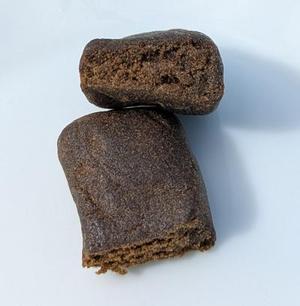There is a growing consensus within the cannabis industry that the traditional distinction between Indica and Sativa strains may not be scientifically accurate. The general belief has been that Indica strains produce a more sedative effect while Sativa strains produce a more energizing or uplifting effect. However, recent scientific studies have shown that the key to the differences in effects may actually lie in the concentrations of specific cannabinoids, particularly THC and CBD, in a given strain.
Research suggests that a strain's chemical composition, particularly the ratio of THC to CBD, may be a more reliable predictor of its effects than its classification as Indica or Sativa. This is because THC is the primary psychoactive compound in cannabis, while CBD has been found to have a range of therapeutic properties, including anti-inflammatory and anti-anxiety effects, without producing the "high" associated with THC.
Therefore, it is now believed that the effects of a specific cannabis strain may depend more on the balance of THC and CBD present in the plant, rather than its classification as an Indica or Sativa. However, the Indica and Sativa designations are still commonly used in the cannabis industry as a useful way to categorize strains, even if the scientific basis for this classification may be questionable.

























































































